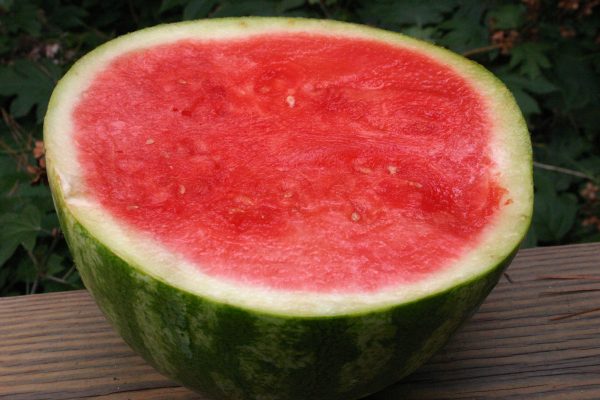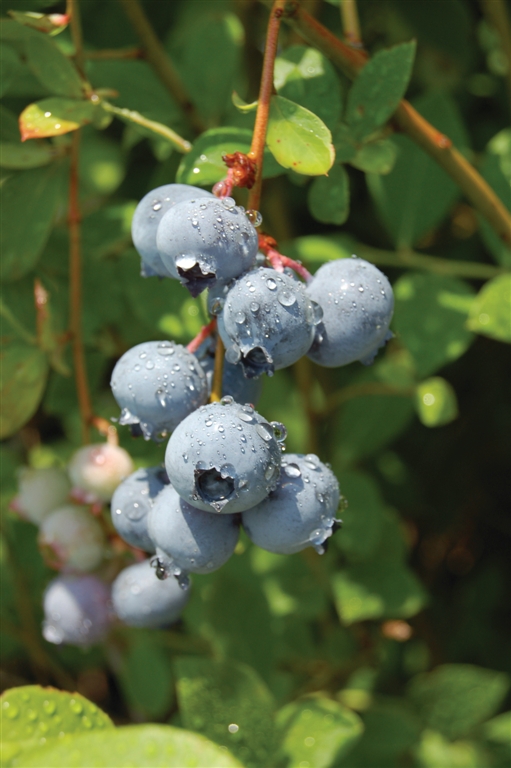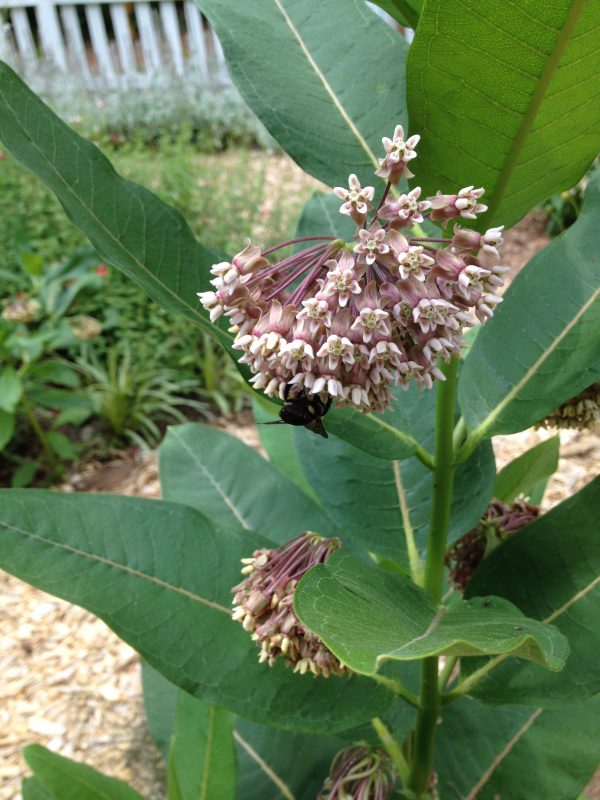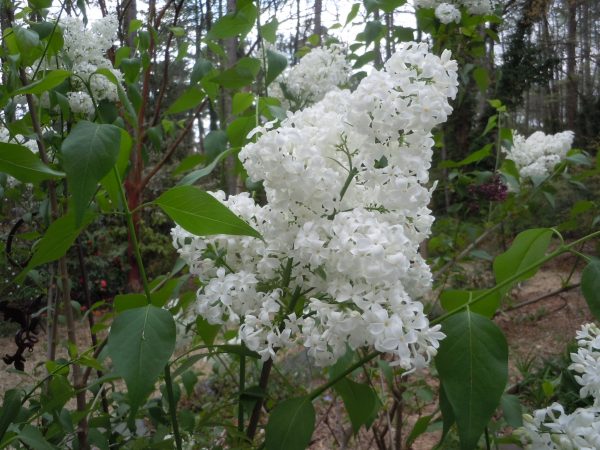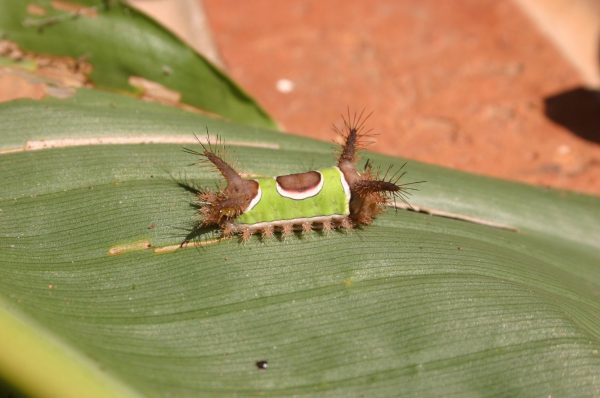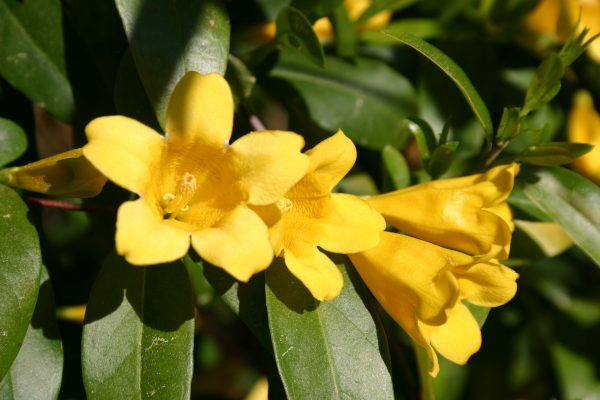Fruit – Pollination Requirements
In order for a plant to produce fruit, the flowers must be pollinated. In general, insects and wind will take care of the mechanics of this for you. However, you must have flowers that provide the pollen in order for nature to take its course.
Some fruit trees are self-fruitful (pollen from a single plant is sufficient to pollinate the flowers on it). Others are partially self-fruitful or even self-incompatible. Follow these general pollination guidelines when deciding whether you need one or more of each:
Apple plant at least two different varieties (see Apple Pollinizers)
Banana self-fruitful
Blueberry plant at least two different varieties
Cherry, Pie self-fruitful
Cherry, Sweet plant at least two different varieties
Fig self-fruitful
Grape, Bunch self-fruitful
Grape, Muscadine plant at least two different varieties, one must be self-fruitful
Kiwifruit must have male plant nearby
Mayhaw self-fruitful
Mulberry self-fruitful
Pawpaw planting two or more improves fruit set
Peach self-fruitful
Pear most are self-fruitful
Persimmon must have one male tree nearby
Plum plant at least two different varieties
Pomegranate planting two or more improves fruit set
Quince self-fruitful
Raspberry, blackberry self-fruitful
Strawberry self-fruitful
If you do not notice many pollinating insects among your fruit plants, you can attract them by planting a pollinator-friendly flower garden. It is important to have something blooming almost year-round in order to attract these beneficial insects.
Monthly Bloom Times for Plants That Attract Pollinators
February Redbud
March Carolina Jessamine
April Ajuga, Crimson clover, ‘Otto Luyken’ Laurel
May ‘Schip’ Laurel,
June Nandina
July Bee Balm, Chaste Tree, Sunflower
August Tall Verbena (Verbena bonariensis) Butterfly Bush, Glossy Abelia
September Butterfly weed
October Mexican Sage, Pineapple Sage
November Aster
For more information on plant pollination, visit pollinator.com.





